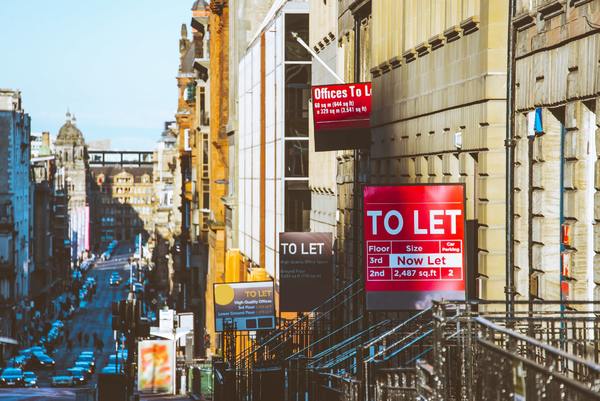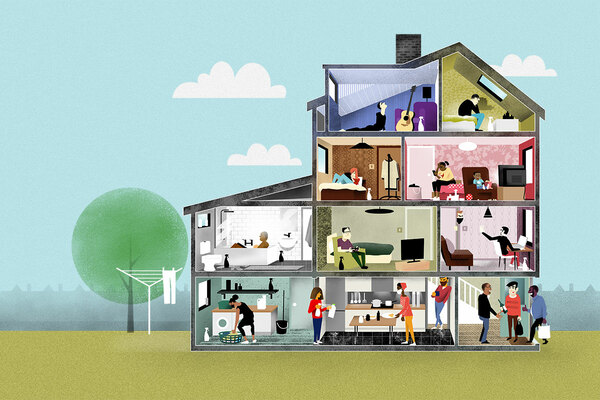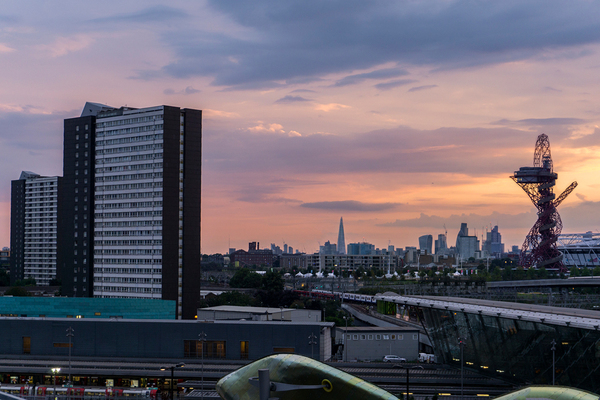The growth of shared rented housing has made this crisis worse
The transformation of our housing stock from family homes to houses in multiple occupation (HMOs) has been a damaging trend for many years. The coronavirus lockdown has underscored the inequality it has caused, writes Peter Apps
When my parents bought their house in Plaistow, east London in 1997, both next door neighbours had lived there since the homes were first built in the 1920s. They had moved into the homes as children, grown up, married and had children of their own. By 1997, both were pensioners and living alone.
Sadly, in the 23 years since, both have died and the homes have been sold. But they have not been bought by a new generation of families who will raise their children there.
Instead, both were purchased for sums exceeding £400,000 by portfolio landlords and immediately converted into shared housing. These are normal-sized terraced homes: a small living room, a kitchen, two upstairs bedrooms and a box room.
But they now alternately hold between three and four households each, including at least one family with young children, with bunk beds pressed up against the downstairs window.
The property next door to my mother-in-law’s house, a mile or so away in the same borough, has undergone the same change via a different route.This house was built in the 1960s as council housing, before being sold under the Right to Buy and eventually purchased by a buy-to-let investor. It now houses several low-income workers and their children.
This journey of housing stock – from family home to overcrowded rental – is replicated across the borough of Newham, which also happens to have the highest coronavirus death rate in the country.
The truth is that many street properties in England’s big cities are no longer homes but pension pots for small-time landlords. Families no longer own houses and gardens, they rent rooms. And their security lasts six months not six decades.
Coronavirus has shone a light on this state of affairs. If the virus gets into one of the households, it will spread like wildfire. Those who are required to self-isolate must do so in punishingly claustrophobic conditions. Each trip to the bathroom or kitchen carries a risk of infection. Not only is there no garden to escape to, there is no living room.
“The truth is that many street properties in England’s big cities are no longer homes but pension pots for small-time landlords. Families no longer own houses and gardens, they rent rooms. And their security lasts six months not six decades”
Why has this happened to our property market?
The answer is a vicious circle. A lack of affordable rental housing has pushed people to seek homes in the private rented sector. This has driven up property prices as would-be landlords scramble to boost their portfolios.
As prices rise, landlords have sought higher rents to keep their yields up. Splitting properties into individual flats increases the return. But this in turn drives up the value of the property. All of this pushes it further out of reach of those who simply need a home, creating more demand for rental accommodation.
The reality is this housing, not social housing, is the housing of last resort for those on the lowest incomes. The pandemic is currently highlighting the shocking social consequences of this. But they were already there, we just weren’t talking about them enough.
The truth is it is no longer even the bottom end. People who cannot afford HMOs are turning to the option of property guardianship, in which residents are not even tenants but mere lodgers in a condemned block of flats or an empty office block. And below this, an underbelly of semi-legal slum landlordism exploits those too precarious to access either.
The way out of this circle is to break it at the first stage. People seek this kind of housing because there are not truly affordable alternatives. That is what must be provided, whether through new build or acquisition.
A hundred years’ ago, the end of the First World War saw the start of modern council housing with the Addison Act and the Homes for Heroes campaign. What should not be forgotten is that Christopher Addison was the health minister, not the housing minister, and that one of the slogans of the campaign was “a healthy family in a healthy home”.
Over the past century, the housing policy in the UK has forgotten this message. It needs to rediscover it.
Peter Apps, deputy editor, Inside Housing
Sign up for our daily newsletter
Already have an account? Click here to manage your newsletters













